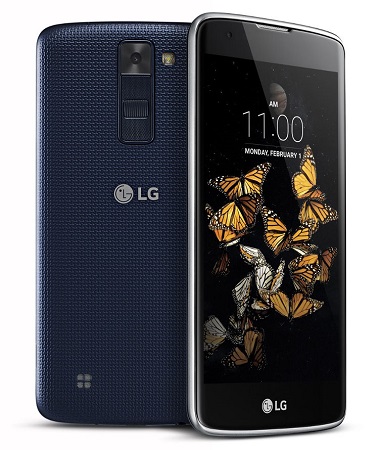The Chinese company, LeEco (formerly LeTV) launched their two smartphones in India, Le 1S as a budget oriented and Le Max as a flagship. The Le 1S has a surprising hardware featuring a fingerprint sensor at the back, a very large 32 GB storage, a high-performance octa-core processor and a full HD screen with a sleek metallic design targeted in the sub-10k price bracket. While the specifications win our heart, let’s see how it performs in our LeEco Le 1s review.
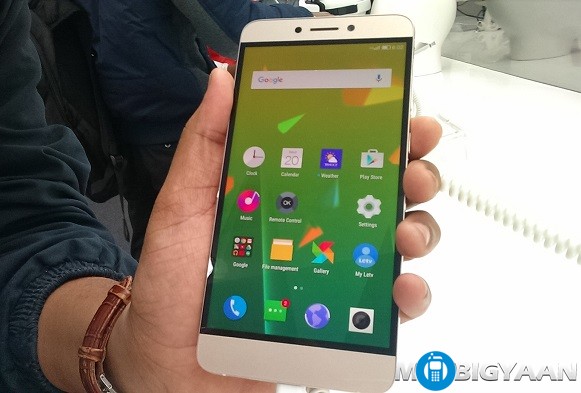
In the Box
- LeEco Le 1S Handset
- USB Cable
- Travel Adaptor
- SIM Ejector Pin
- User Manuals
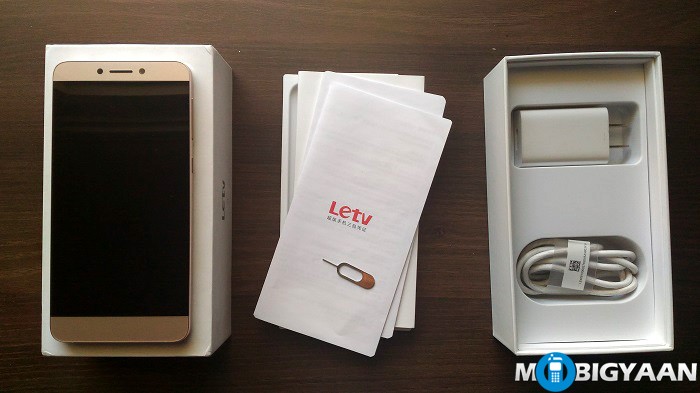
LeEco Le 1S Specifications
- Display: 5.5-inch Full HD Display (403 ppi)
- Software: Android 5.0.2 Lollipop with EUI 5.5
- Processor: 2.2 GHz octa-core, MediaTek Helio X10 Turbo (MT6795)
- GPU: PowerVR 6200
- Memory: 3 GB
- Storage: 32 GB
- Main Camera: 13 MP F2.0 with LED flash, 4k Video recording
- Front Camera: 5 MP wide angle lens
- Connectivity: USB Type-C, Bluetooth v4.1, 5 GHz Dual Band Wi-Fi 802.11 a/b/g/n/ac
- Sensors: Accelerometer, Proximity, Ambient Light, Magnetometer
- Network: Dual SIM (GSM + GSM), 4G LTE Support, Micro-SIM and Nano-SIM
- Battery: 3000 mAh
- Dimensions: 151.1 mm x 74.2 mm x 7.5 mm
- Weight: 169 grams
- Color Variant: Gold, Silver
Design and Build
The full metallic unibody design with chamfered edges on the Le 1S look prominent and seems like it’s a high priced premium device. Very well made, a good finishing of the handset makes it you don’t want to let it go off your hands. 169 grams is a quite light weight for a 5.5-inch device having a metallic body because metals are heavier than plastics materials.
The added stuff that caught our attention is the fingerprint scanner and the USB Type-C which most of the phone in this segment do not offer. Another important thing to note is it comes with a 32 GB storage which is again a plus one.
The front looks astonishing, having thin bezels, very impressive on the first look and feels highly comfortable to hold in the hands with just 7.5 mm thin. Sometimes it can slip from your hands due to the sleek design and smooth glass on the display.
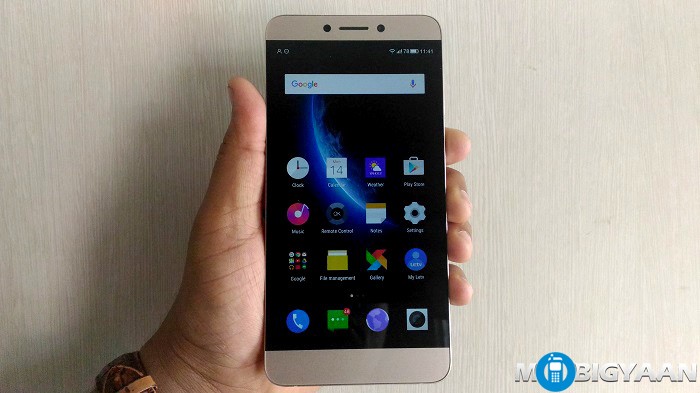
The top area has a 5 MP front camera and a couple of sensors. When you move to the bottom area, you will see there are no buttons, but wait, are they backlit? Yes, there are buttons located at the bottom that can’t be seen unless you touch them. Finally, a budget smartphone with backlit keys, the Le 1S supports backlit touch buttons.
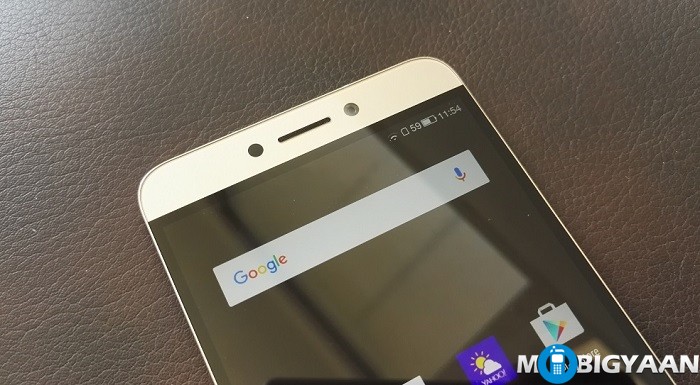
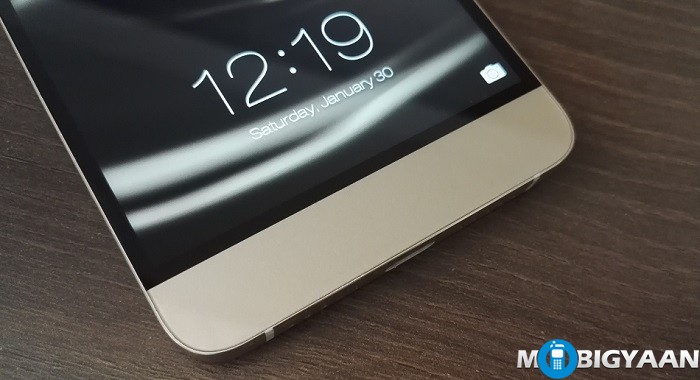
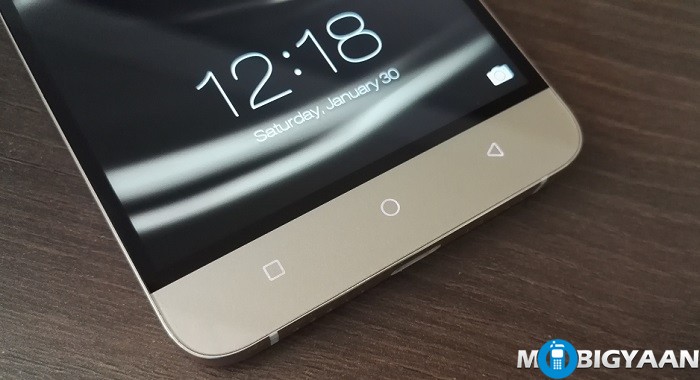
Interestingly, there is a mirror-finish fingerprint sensor at the back and a 13 MP primary camera with an LED flash. Alongside is a small microphone located. The battery capacity is 3000 mAh and it cannot be removed due to the unibody design.
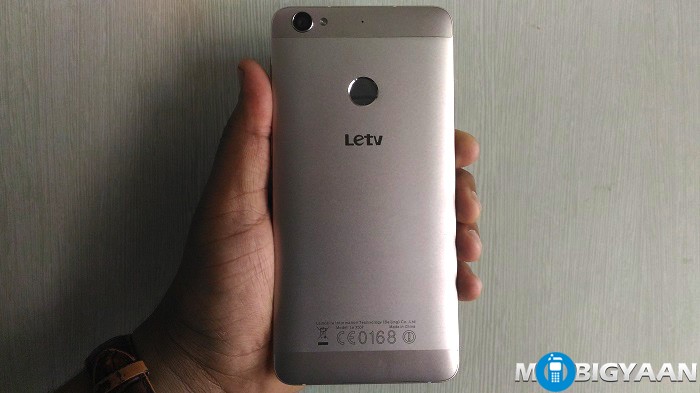
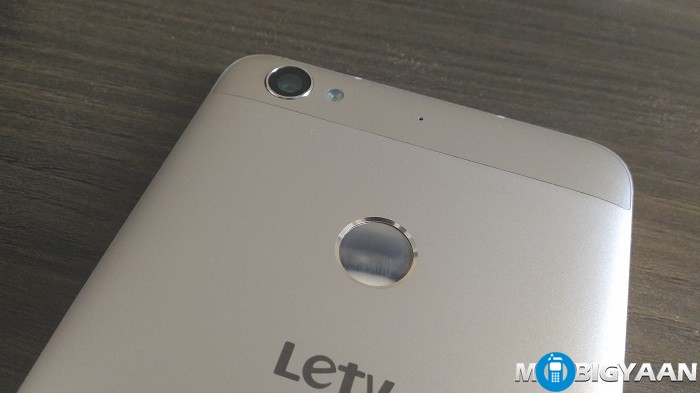
On the left, there is the dual SIM tray which can be removed with the provided SIM Ejector pin. The smartphone supports 4G LTE network. You can add a nano SIM and a Micro SIM for dual SIM functionality. Unfortunately, the Le 1S doesn’t support MicroSD slot.
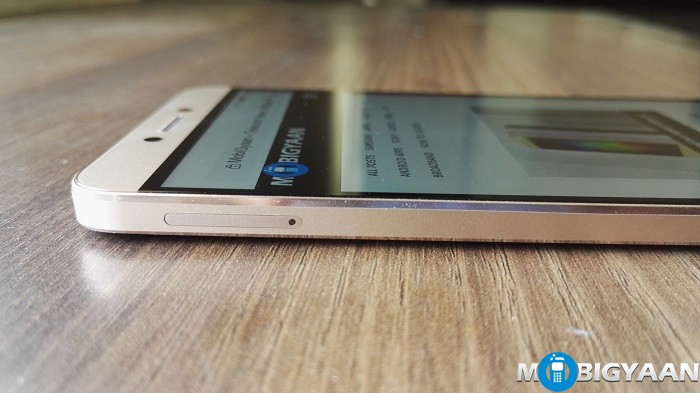
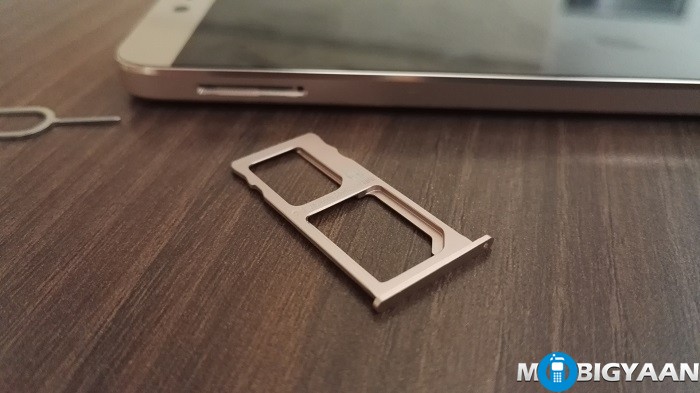
The right side has a power button and volume rockers. The buttons feel great and give a tactile feedback.
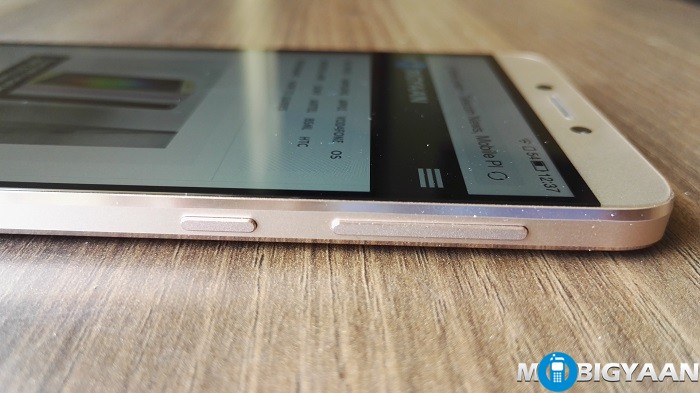
Moving to the top, you have an IR blaster and a 3.5 mm audio jack. The bottom sports a new USB Type-C port and two speaker grills. The speaker grill may fool you as they aren’t featuring dual speakers. The left one is actually the microphone.
It seems like this is the only smartphone that supports the USB Type-C port in this price segment.
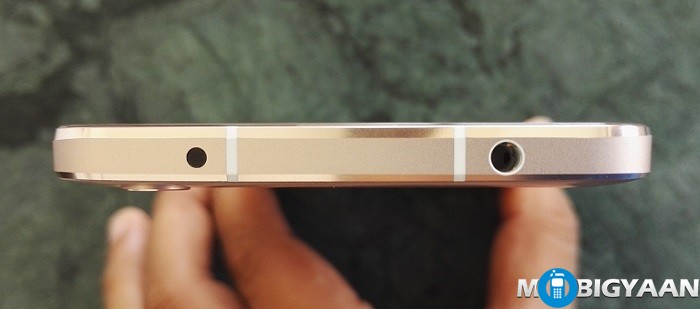
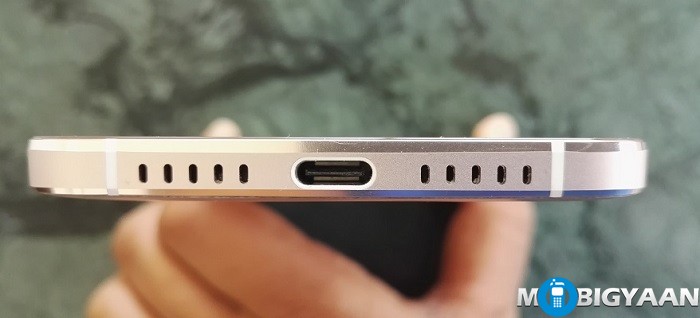
Display
The LeEco Le 1S has a 5.5-inch full HD IPS display having a resolution of 1920 x 1080 pixels. The display is crisp and sharp. The sleek glass on the display is buttery smooth and hence, you will enjoy the touchscreen to interact with.
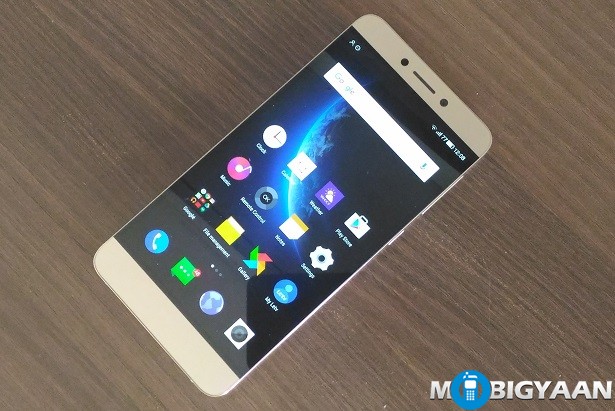
The viewing angles are great, images and text can be seen from a wider angle clearly. The color reproduction is good, however, the display brightness isn’t too bright but on the dimmer side and hence, you will see images slightly darker.
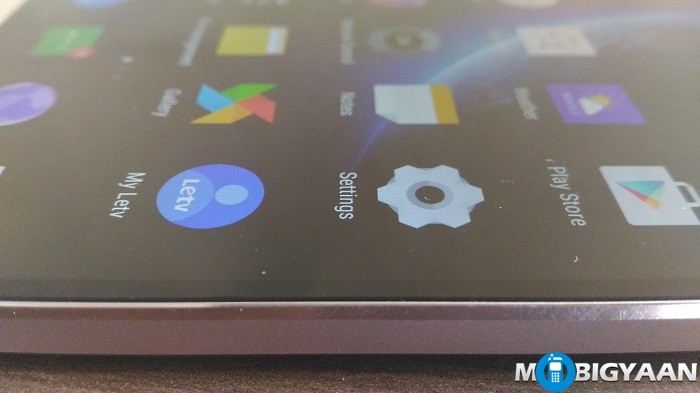
There are color modes to choose such as Letv (default), Vivid, Natural, and Soft if you want to tweak the colors on the display. It can be configured under Settings -> Display.
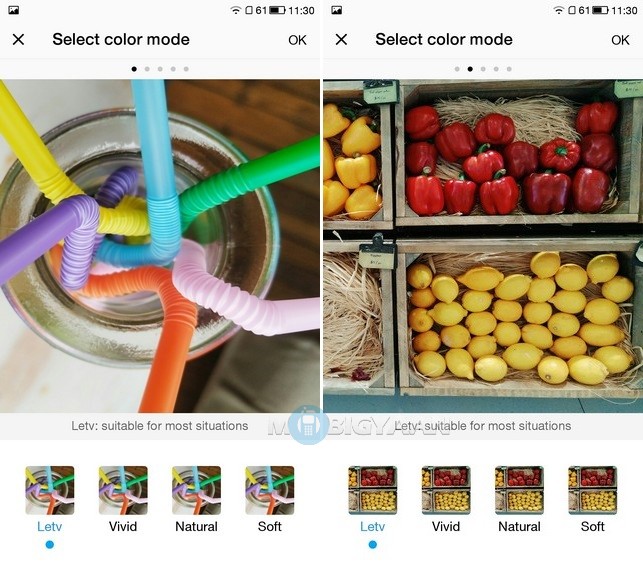
Software and UI
The LeEco offers Android 5.0.2 Lollipop on the software side. We would love to see a marshmallow update on the handset. The company told us that the Le 1S will get a marshmallow update somewhere in April 2016. It has a customized EUI skin on top of Android Lollipop which makes it different from a regular Android interface.
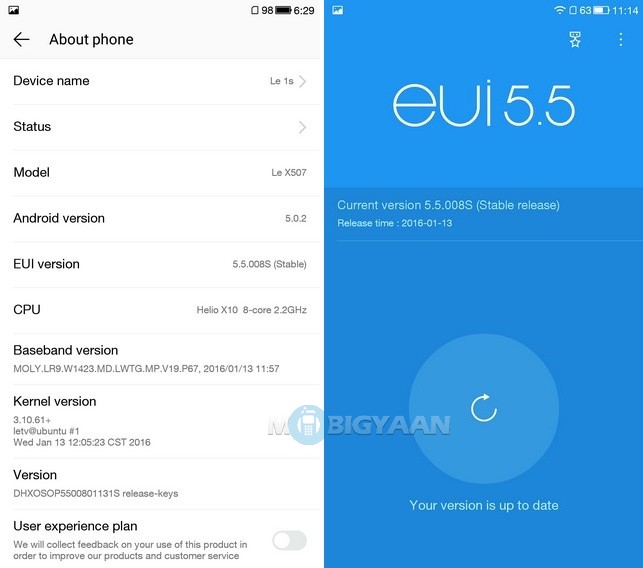
We noticed that the touch response is very fast and the software experience was very smooth and intuitive. There aren’t any preinstalled apps that come with Le 1S thus, it is free from any bloatware.
The user interface doesn’t offer an app drawer and a much simpler UI with everything’s on the homescreen. What I liked the most is the recent button menu. When you press the recent button, you will be presented with a plethora of shortcuts and options other than just recent apps. Usually, the recent menu on a regular smartphone consists of the apps that you have opened it and used it recently, but in this case, the LeEco did something innovative that no one did. They added all the shortcuts that a user wants on a single button, that means, no one will have to swipe the notifications bar as well as to go inside the settings.
What was more important on the software part is the LeEco’s Ecosystem. The main idea behind this is they want to offer all the content at one place.
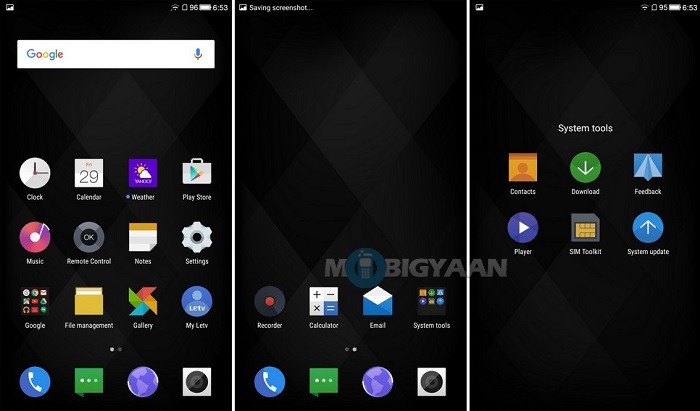
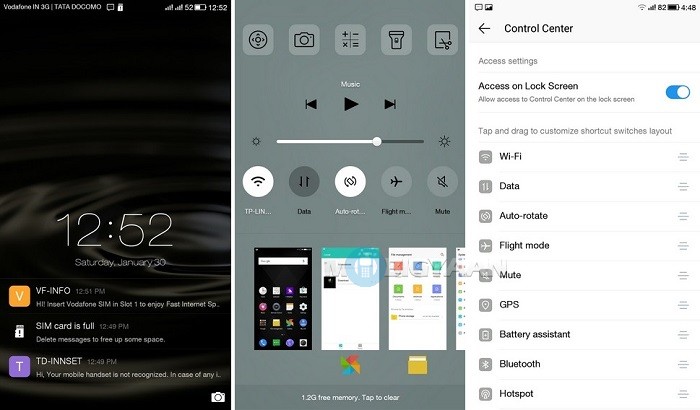
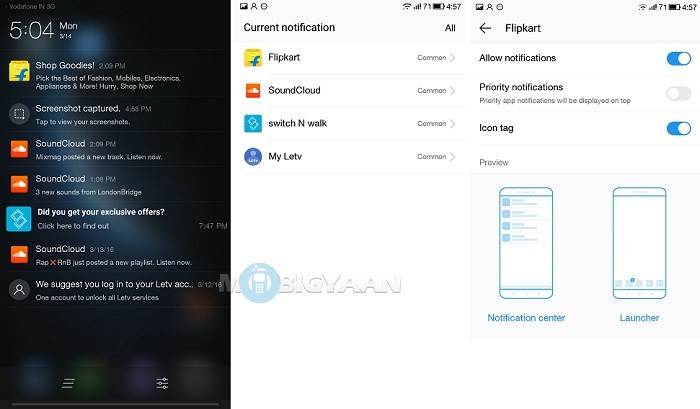
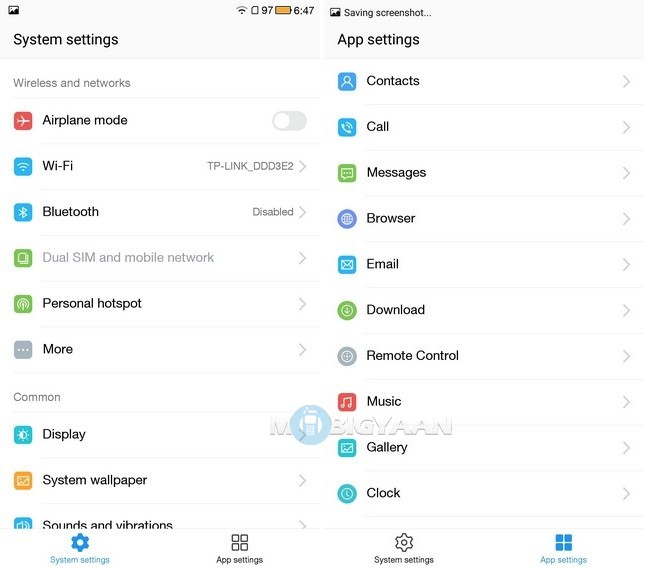
The security PIN lock on the lockscreen can be on the side you are holding in your hands.
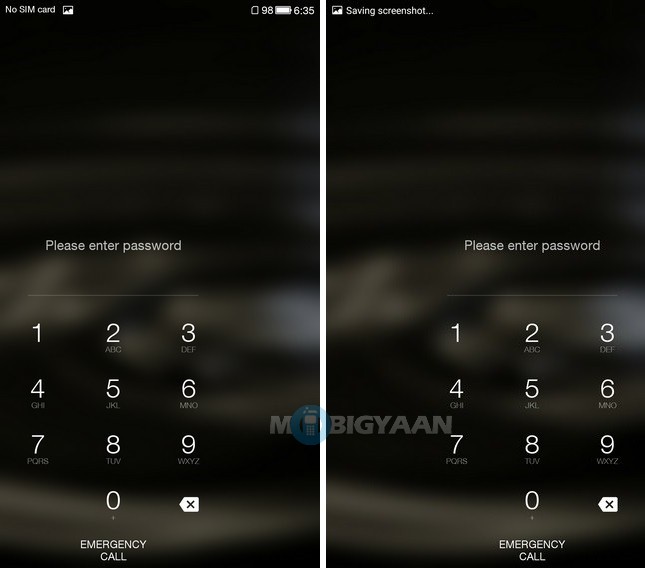
There are themes available to customize the looks and experience of the EUI. Tapping and holding on the homescreen will get you in the themes setting. You can choose from a variety of themes and apply it. The theme changes the wallpaper, colors, icons, and overall looks.
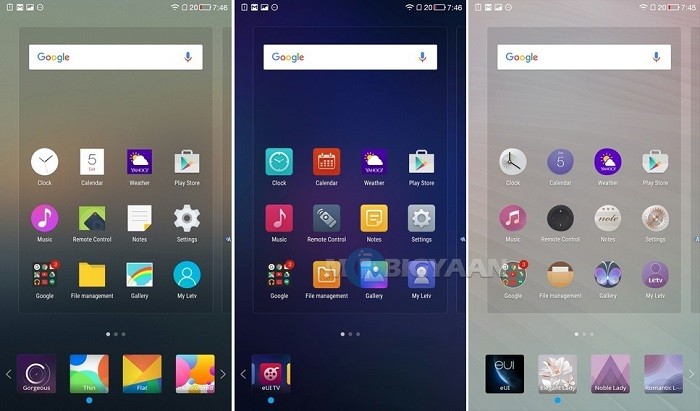
Another major thing that I most like in the Le 1s is the data control. When you are on a mobile data, you are on low data and want to save it, then the EUI allows you to control the data usage of the apps by simply tapping the slider which directly disconnects the internet for the selected app. Such features are found in Apple iPhones.
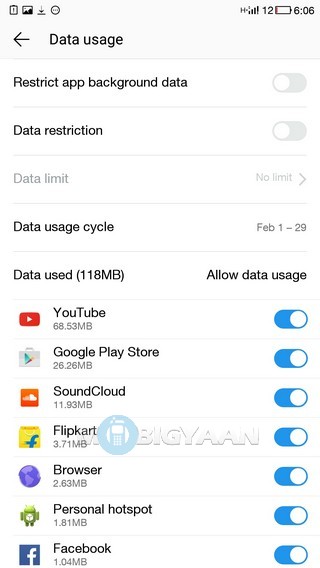
The software also features app permissions. You can control the apps to allow or disallow the permissions.
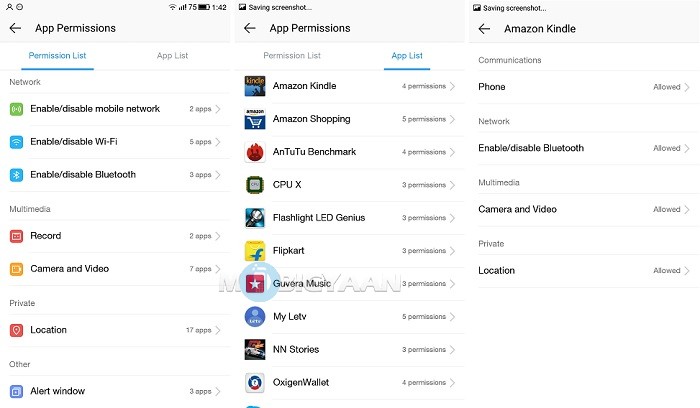
The Le 1S can support direct call recording so no need of any third party apps to record phone calls.
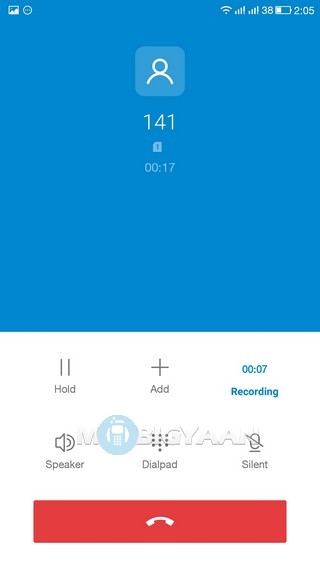
The IR Blaster can be used to control the devices that have an infrared remote. We tested it on a Sony and a Panasonic TV and it works brilliantly.
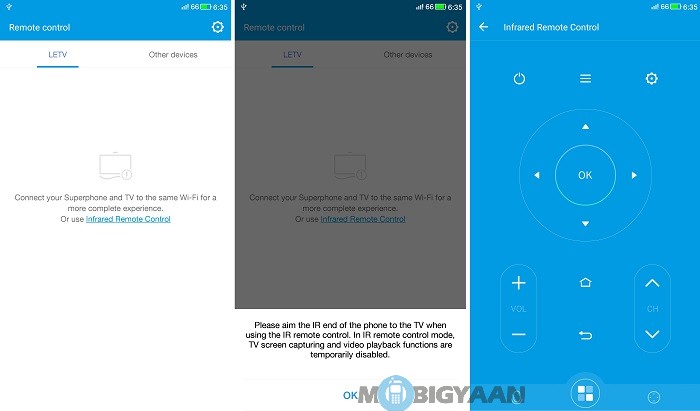
Fingerprint Scanner
We have seen many smartphones with fingerprint sensors and very fewer phones come with extraordinary features. The LeEco Le 1S boasts a fingerprint scanner at the back. The fingerprint scanner is fast and effective. The moment you place the finger on the fingerprint scanner, it unlocks in no time. It isn’t as fast as the Honor 7’s fingerprint scanner but it is a log better than the iPhone 6 and the Galaxy S6. Do note the that this is a budget smartphone.
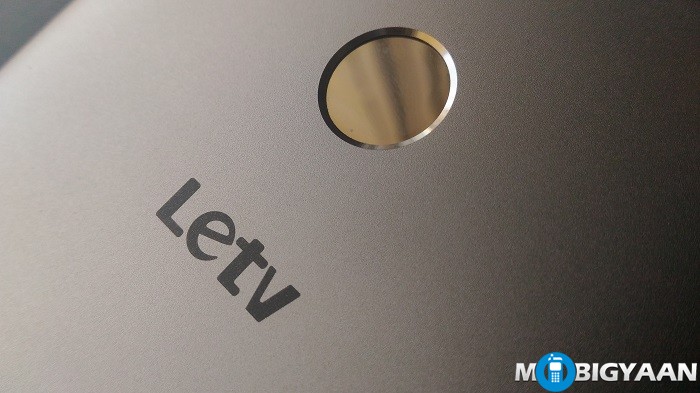
You can add a maximum of 5 different fingerprints and each fingerprint can be used to unlock the phone. Setting the fingerprint needs 10 taps to add a fingerprint. It doesn’t require the power button to press before, it unlocks right away just by placing your finger.
If you want to know more about the fingerprint scanner on the Le 1s, see our detailed post on its fingerprint scanner.
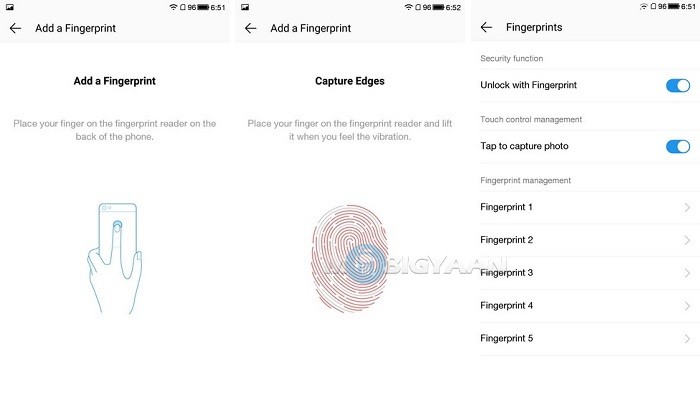
Hardware, Performance, and Gaming
The Le 1S is powered by a MediaTek Helio X10 Turbo (MT6795) SoC that has 8 cores clocked at 2.2 GHz coupled with 3 GB of RAM and a PowerVR 6200 GPU. The processor is quite powerful and can handle multitasking with ease.
We ran several apps to check the performance of the hardware and it turns out that we didn’t notice any single lag while performing basic operations. Apps such as Facebook, Messenger, WhatsApp, Soundcloud, Flipkart, Shareit and few others were installed that includes games. We also did not face any crash reports from our tested apps. The performance highly fluid. The 3 GB RAM can hold as many apps for multi-tasking. The performance was mind blowing in our case.
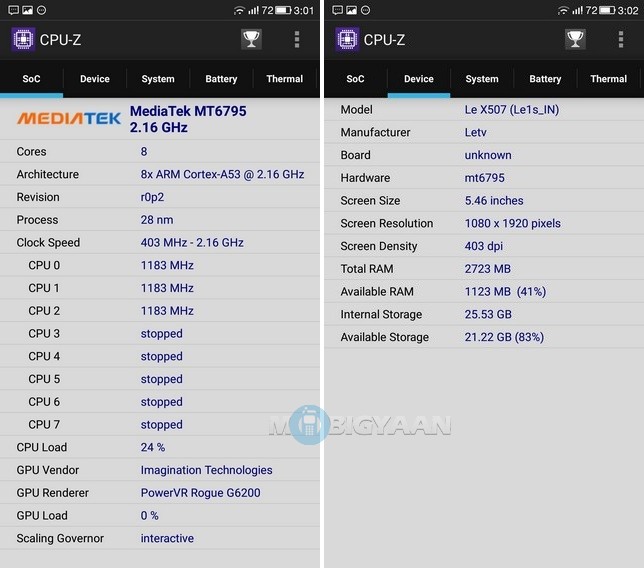
The AnTuTu benchmark scored 54402 on a 3-PASS test i.e. running 3 times the benchmark back to back. We were so happy with the score.
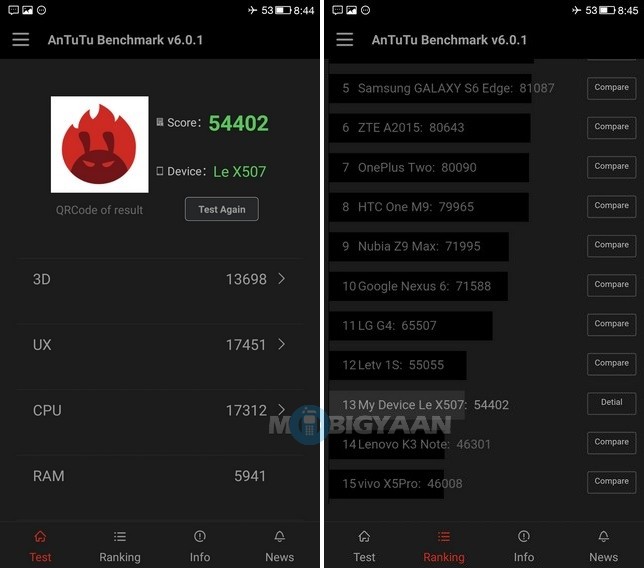
The Geekbench scored 974 points on single-core performance and a massive 4886 points on multi-core performance. The multi-core performance score of the Geekbench was even better than the Samsung Galaxy S6 and the Sony Xperia Z5. It states that the smartphone can be used heavily on multitasking.
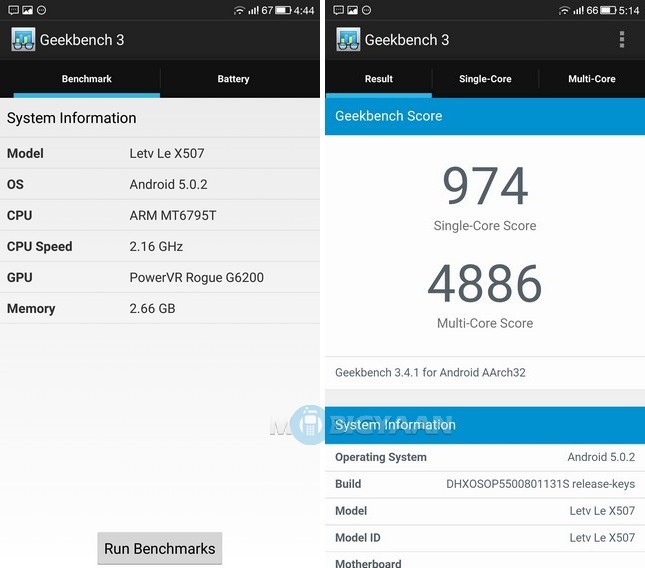
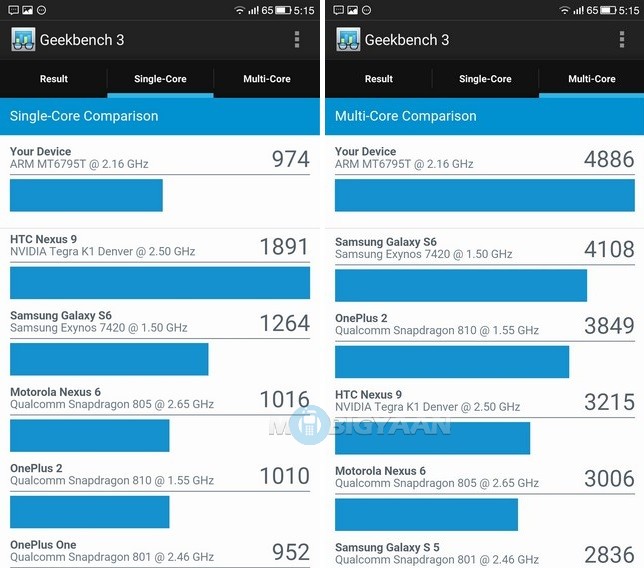
To check the gaming performance on the Le 1S, we ran a few graphics hungry games on the LeEco Le 1S. It also does not heat while gaming. The games run fine, they did not show any lags, the performance is better for a mainstream level gaming but certainly not best for high-end gaming because the Adreno 430 is any day better for graphics intensive gaming. Although the processor is powerful, the GPU may suffer by the bottlenecking issues. The performance of PowerVR 6200 is equivalent to Adreno 405 and Geforce Tegra 4.
Games Tested on LeEco Le 1S:
- Mortal Combat X
- Asphalt 8
- Traffic Rider
- Tekken Card
- Nitro Nation Stories
- Where’s My Water 2

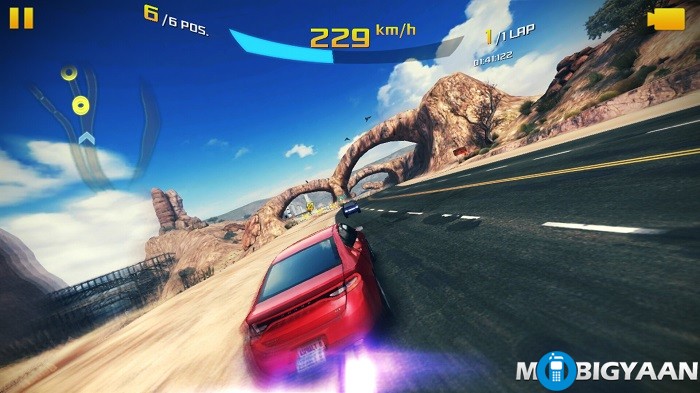
The 3 GB RAM, to what I know, must have on all the Android phones since the demand of the apps is increasing and people are now installing so many apps on their phones. The RAM usage is fair because it doesn’t eat the RAM like Samsung phones that takes a way lot of RAM itself. In our case, the system took 778 MB RAM and but the user still gets 1.7 GB free.
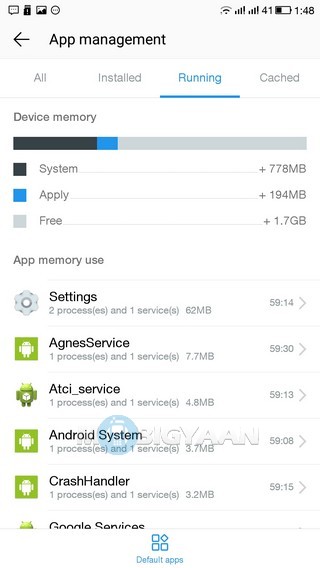
Camera
The LeEco Le 1s comes with a 13 MP shooter at the back having f/2.0 aperture along with an LED flash. The front has a 5 MP camera with wide angle lens.
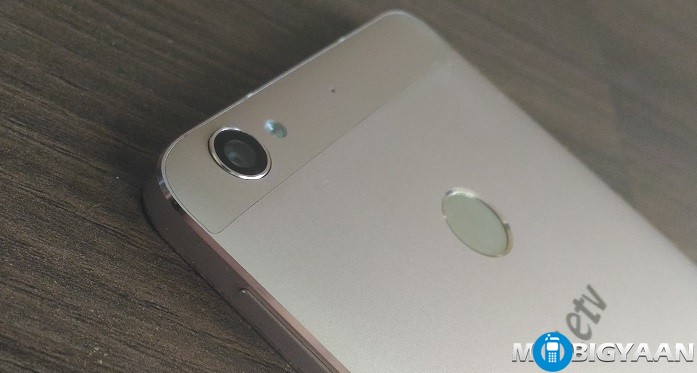
The camera software is very limited and doesn’t offer many options to tweak the camera settings and the images. We saw it has an HDR mode, a Night Mode, Slow Motion, and Panorama. More options can be accessed using the settings gear icon that has the ISO, Contrast, and other camera settings.
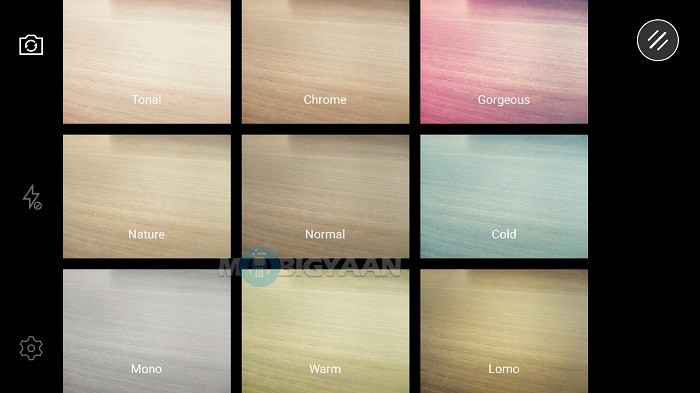
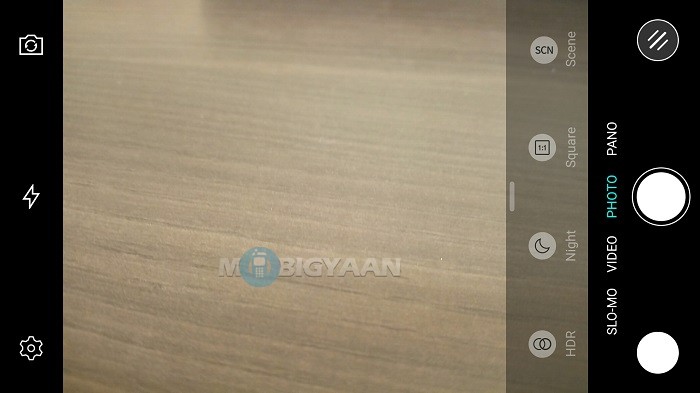
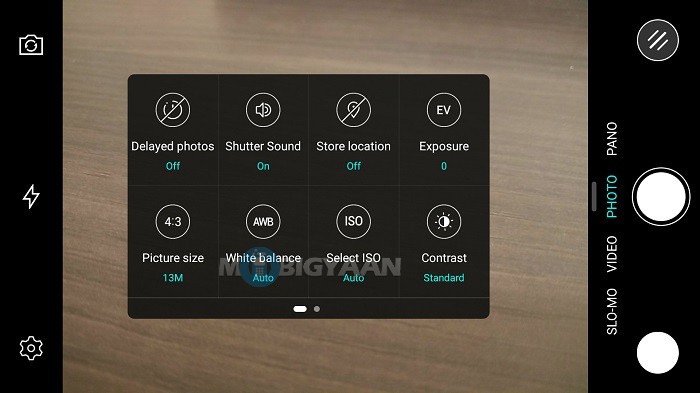
We captured some images of the LeEco Le 1S camera to check how the camera performs. Here are the camera shots.
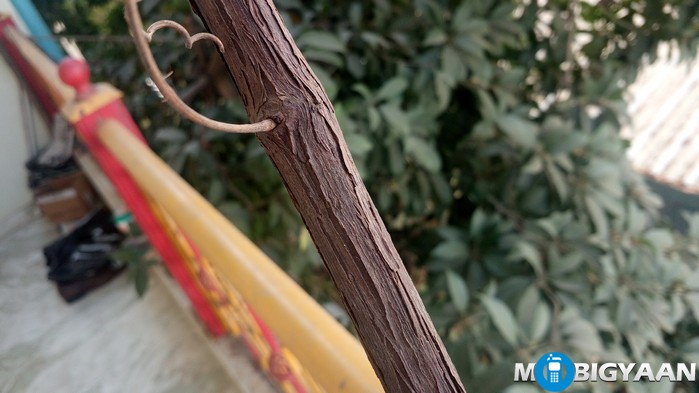

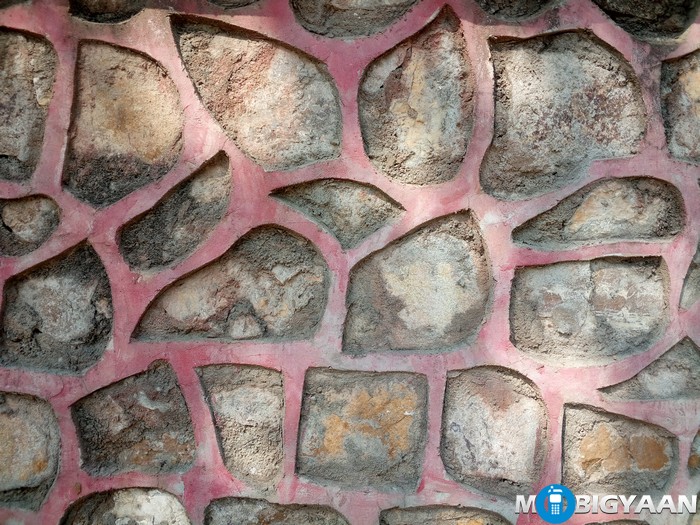
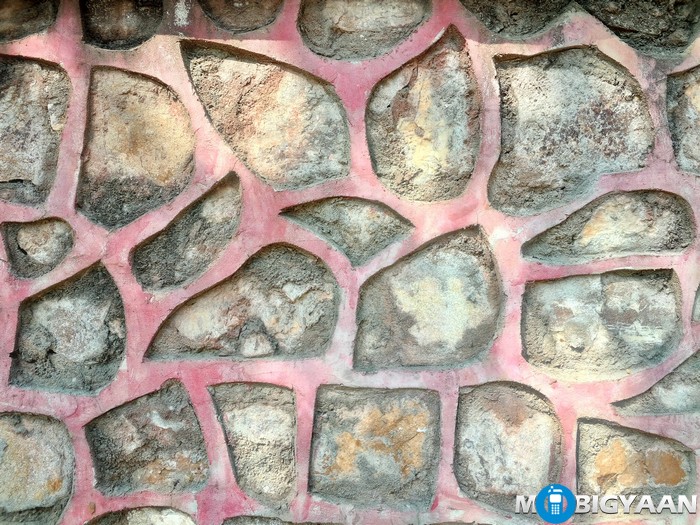
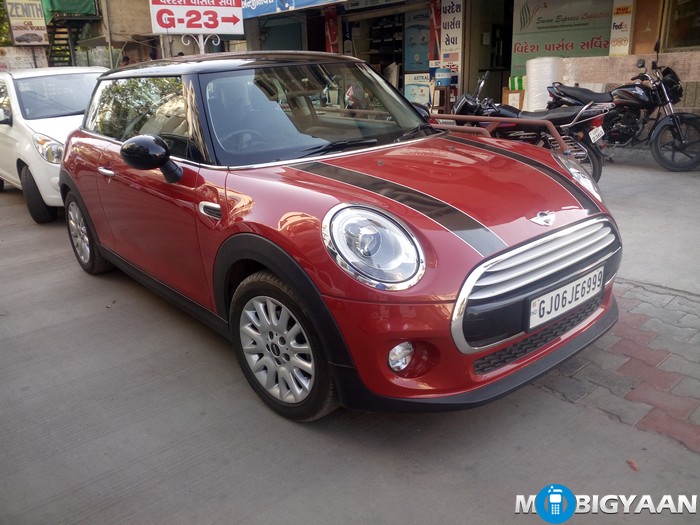
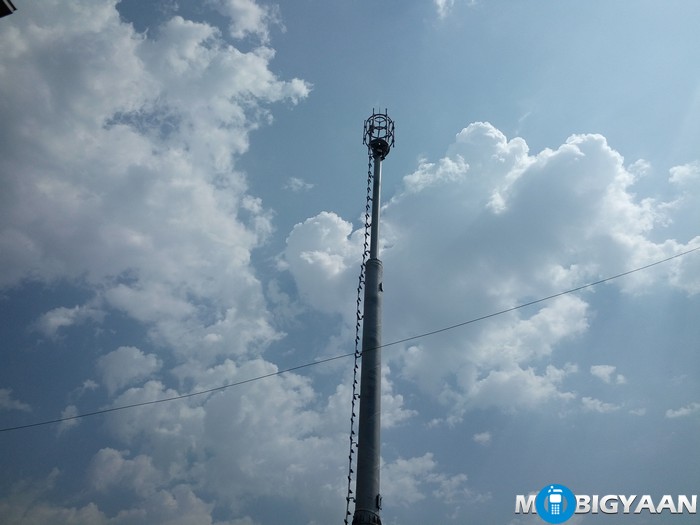
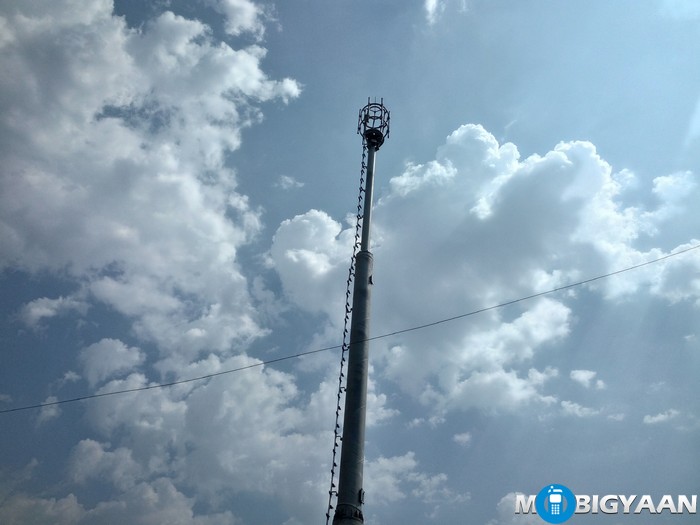
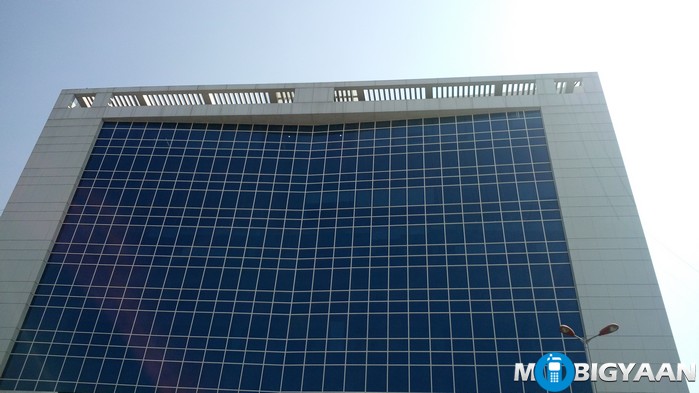
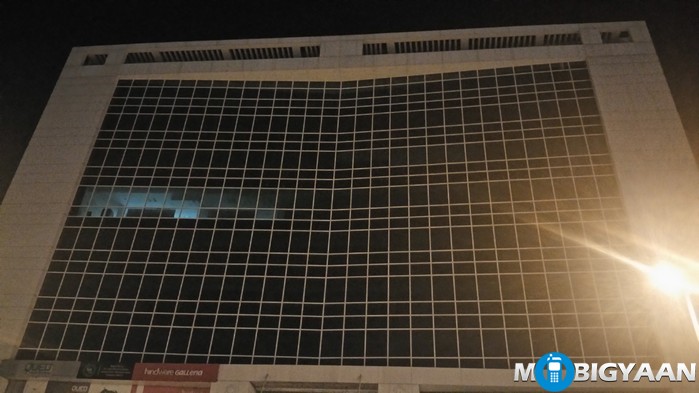
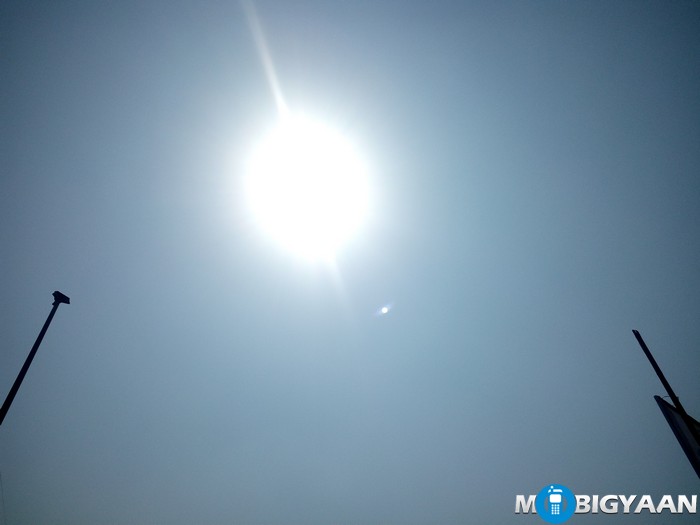
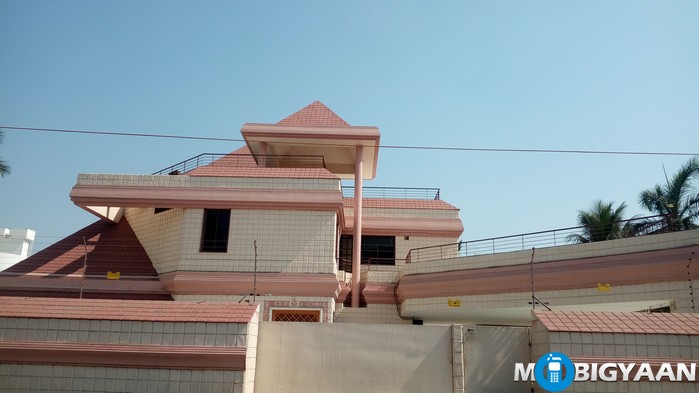
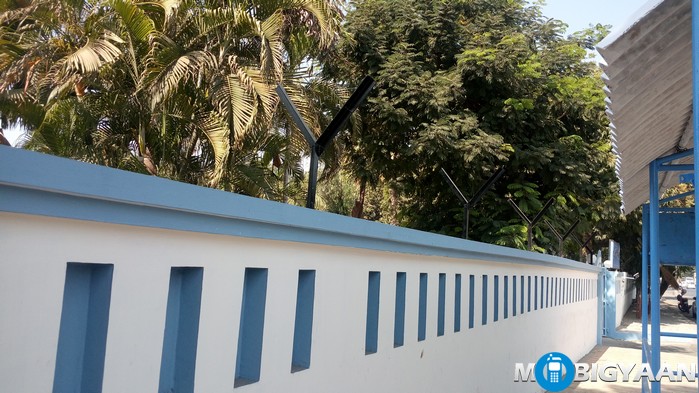
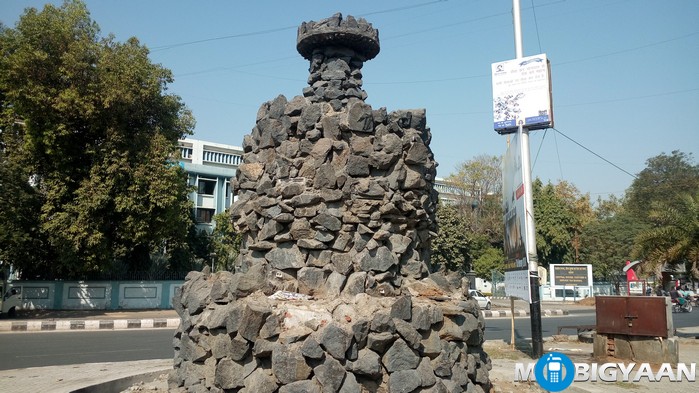



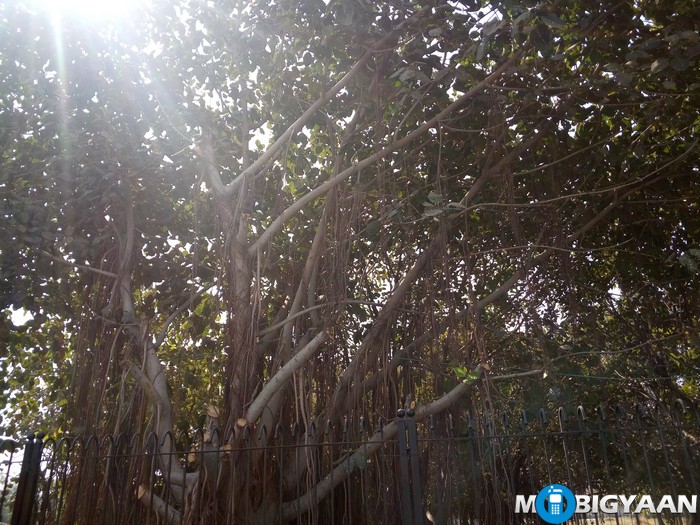

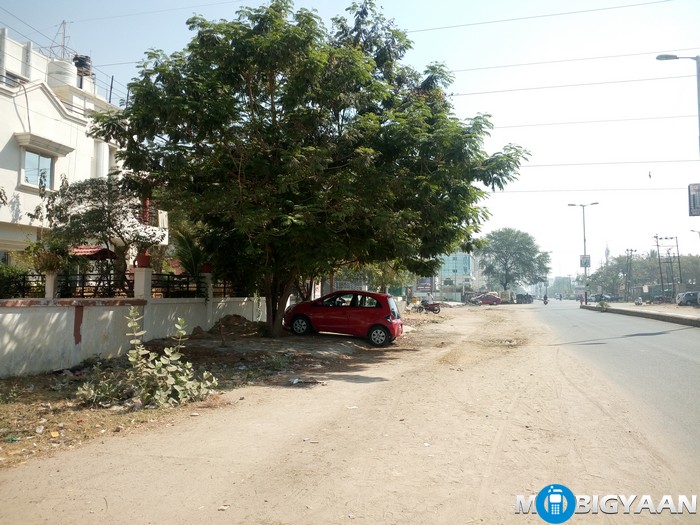
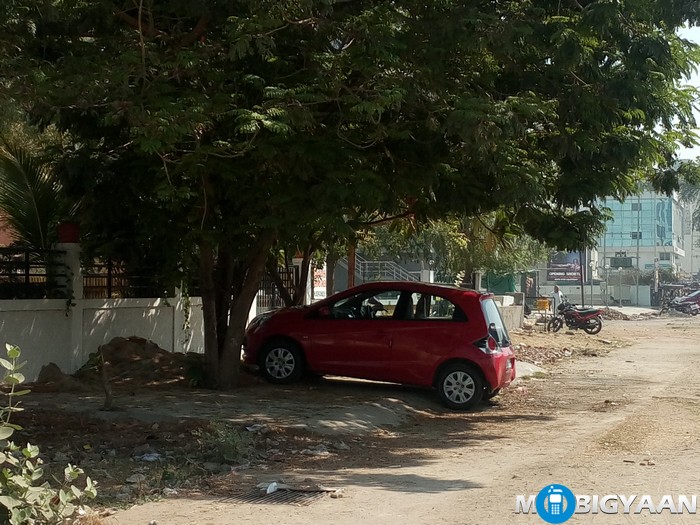
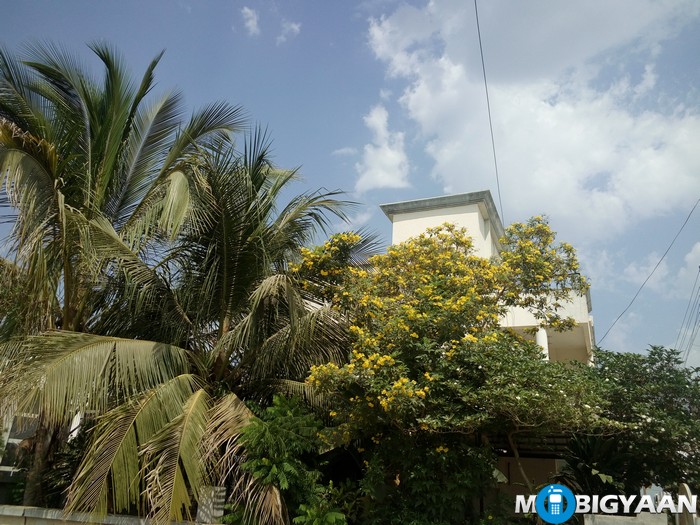

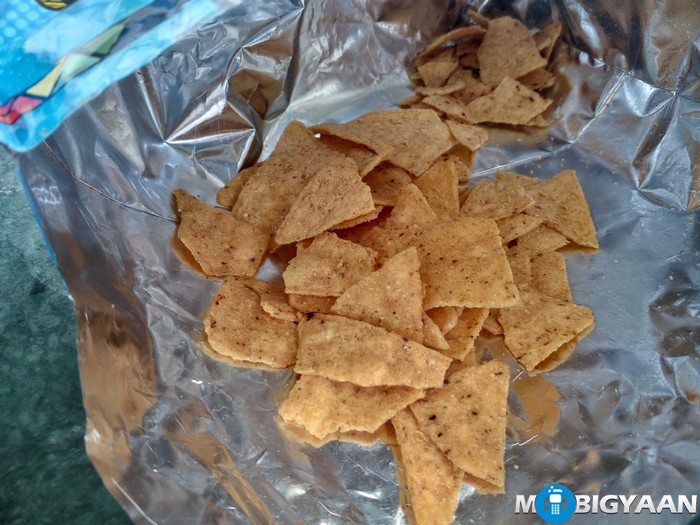
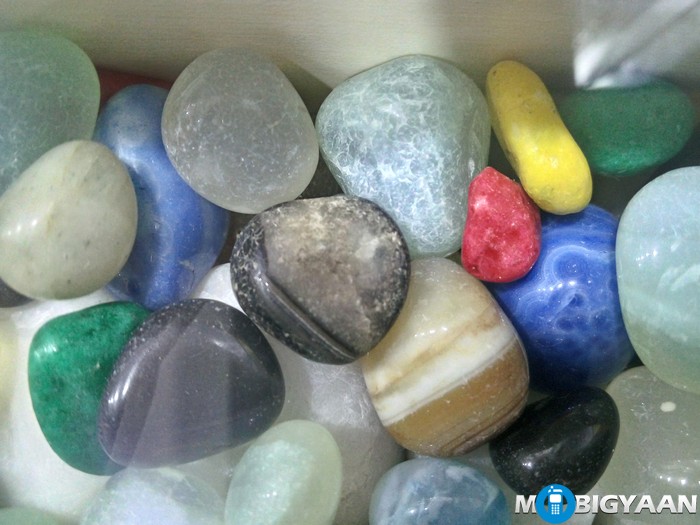
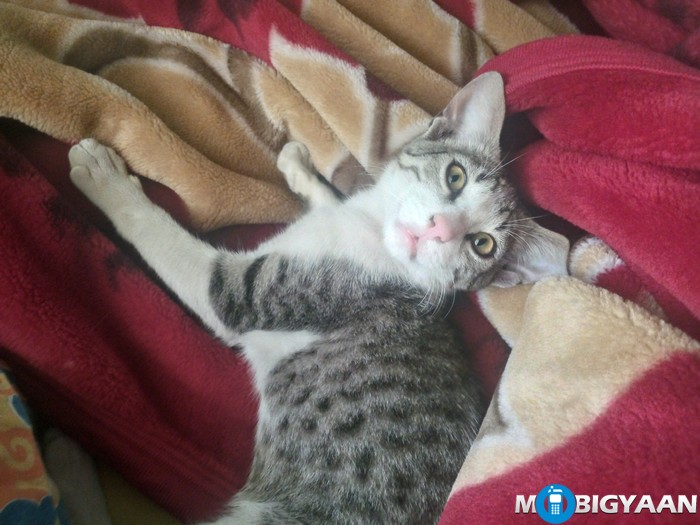
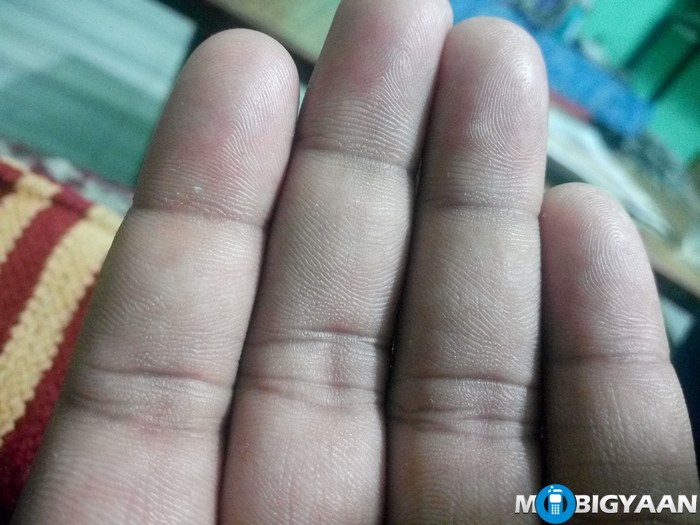
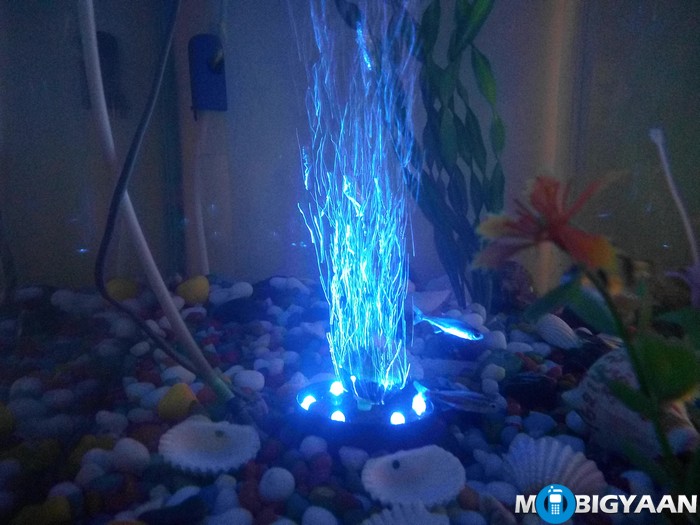

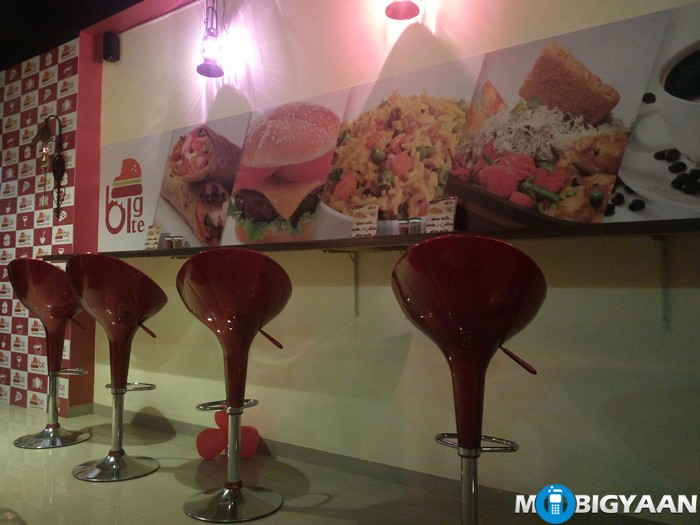


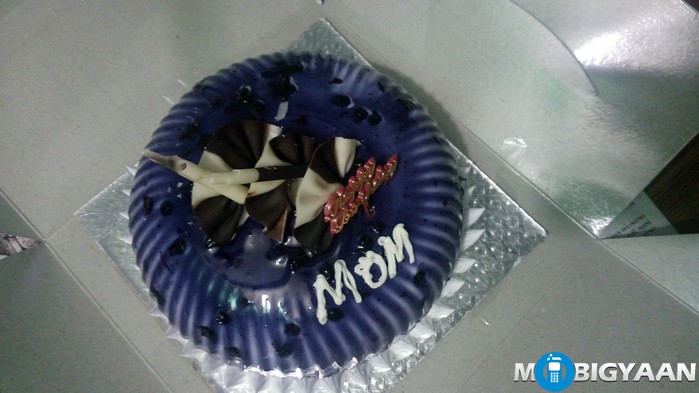



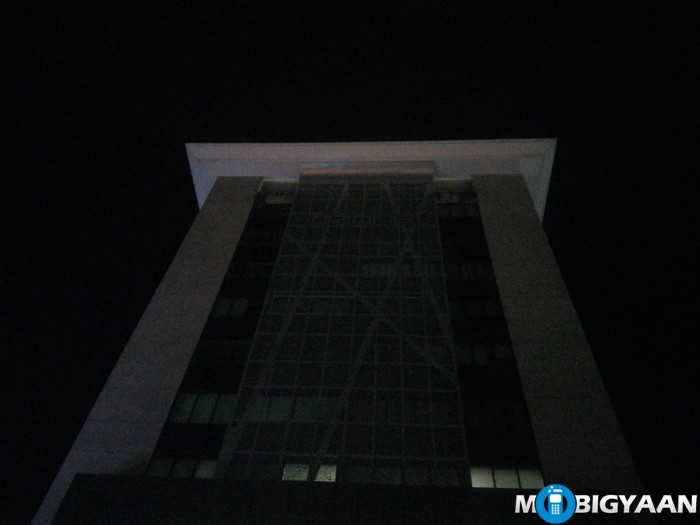
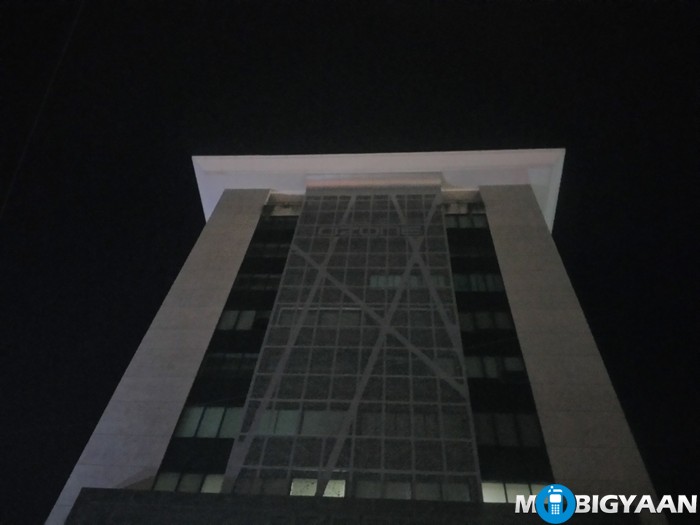
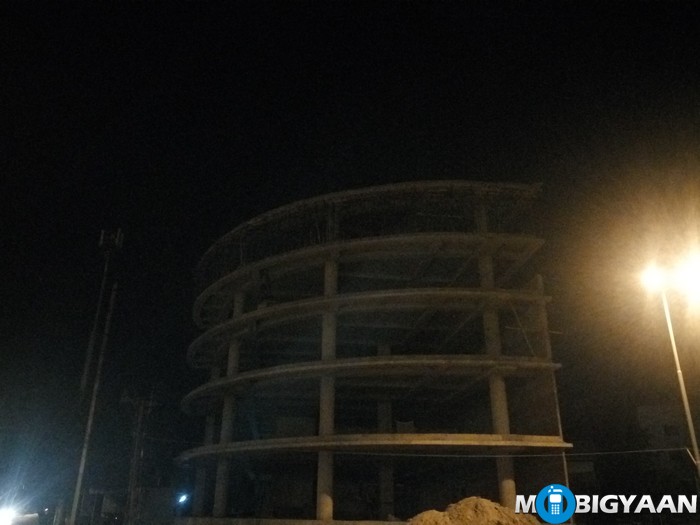
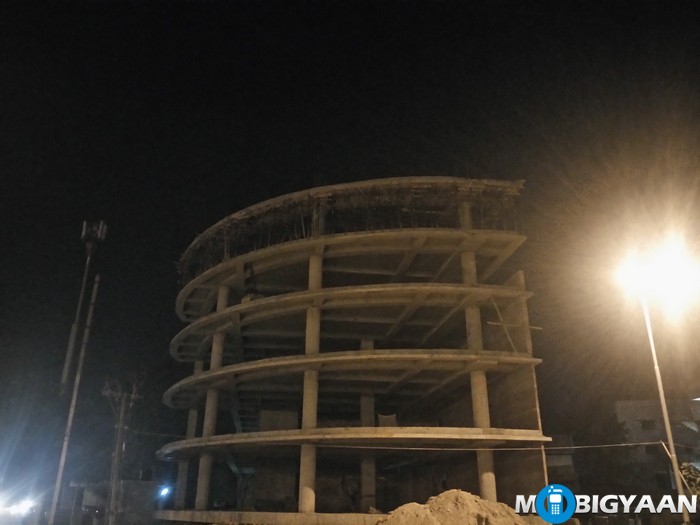
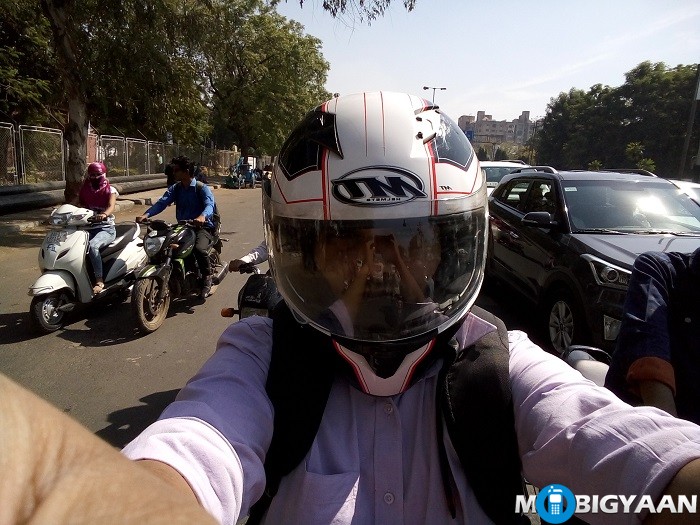
The camera on the Le 1S captures images rapidly. When you tap on the camera button, in no time, the image will be saved to the gallery. The interface looks a lot like the iPhone’s camera interface.
While checking the performance of the camera, the daylight images were fair and acceptable. In certain conditions, they appear to be better. The camera is good focusing the objects but sometimes it takes a long time. The indoor images tend to fade the details and colors. You can clearly see noise in the night shots. The night mode isn’t that great either. The camera performance is good in the daylight conditions, but not in low lights.
The front camera did a good job. Thanks to its wide angle lens, you can capture a group selfies. The front camera performs more than just average.
The main camera can capture 4k videos at 30 FPS and slow motion videos at 120 FPS, however, the slow video will limit to 720p. The slow motion was very smooth and much better than rest of the smartphones in this category.
Storage and Connectivity
Having a big 32 GB internal storage is what best I find, the Le 1S sports a 32 GB onboard storage with no options to expand it. Yes, unfortunately, it does not support Micro SD expansion. The user gets around 29 GB to use which is pretty good.
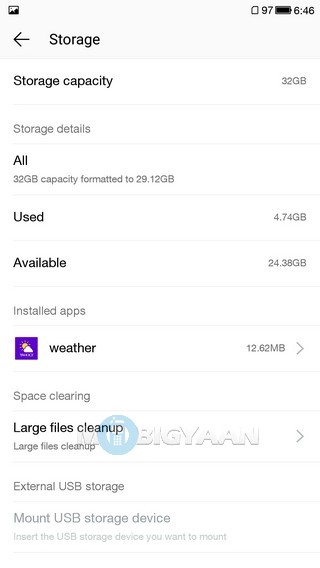
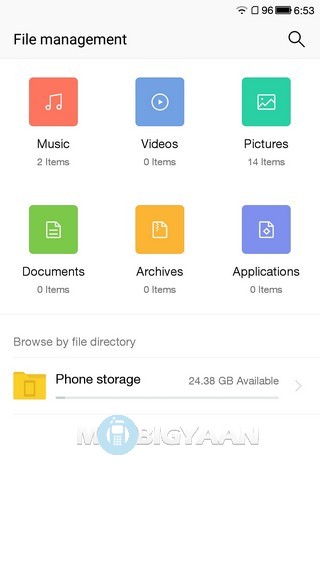
When connected to the PC, it asks you a few options. See the image below.
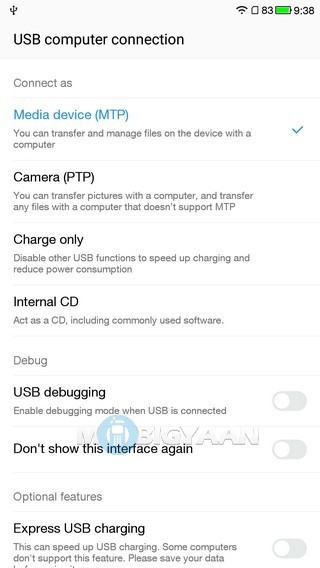
Talking about the connectivity, it features a dual-band Wi-Fi, a Bluetooth, GPS, as well as USB Host i.e. support for USB OTG. But no NFC support is added.
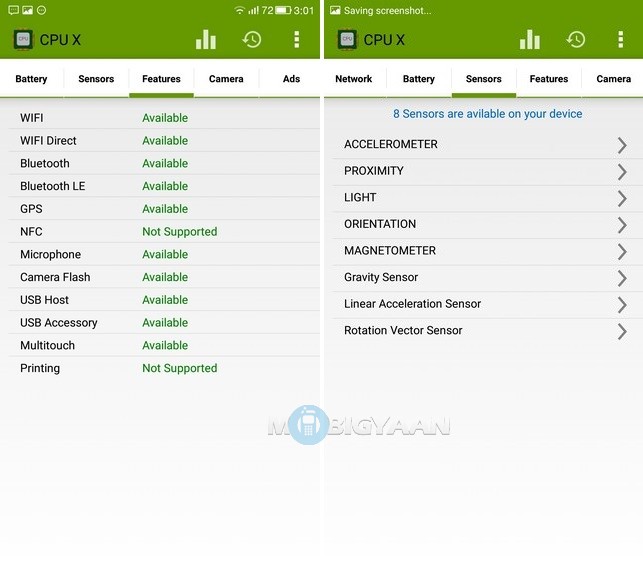
Battery Life
Due to the powerful processor, the 3000 mAh battery can be drain easily. We found that the battery life is iffy, it sometimes gives you good results and sometimes bad results. It may happen that there can be an issue at the software end. We recently got an EUI software update and we are yet to check the battery life on the new software version. For a regular usage, it can last a day. The regular usage includes checking a few notifications, messaging and social, a few minutes of gaming and some camera shots. If the usage increases, the phone cannot go for the second day.
For a regular usage, it can last a day. The regular usage includes checking a few notifications, messaging and social, a few minutes of gaming and some camera shots. If the usage increases, the phone cannot enter the second day. However, in similar conditions, the phone also lasted one and a half day. In some cases, we got 3 days battery backup as well on mix usage. On using it frequently will drain the battery.
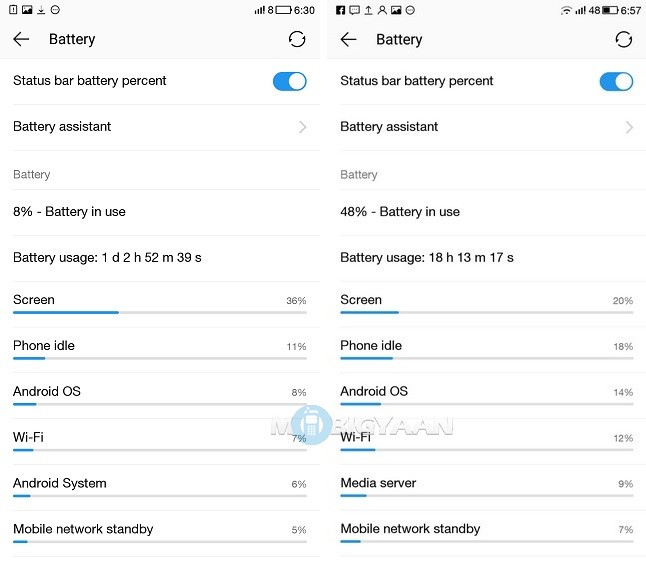
We also tested the standby time, we got some nice results. The battery dropped to 4% in 14 hours. The smartphone survived the 7 and a half day of standby with 5% of battery left in it. Initially, we used it a bit for receiving calls and SMS keeping the Wi-Fi and mobile data off.
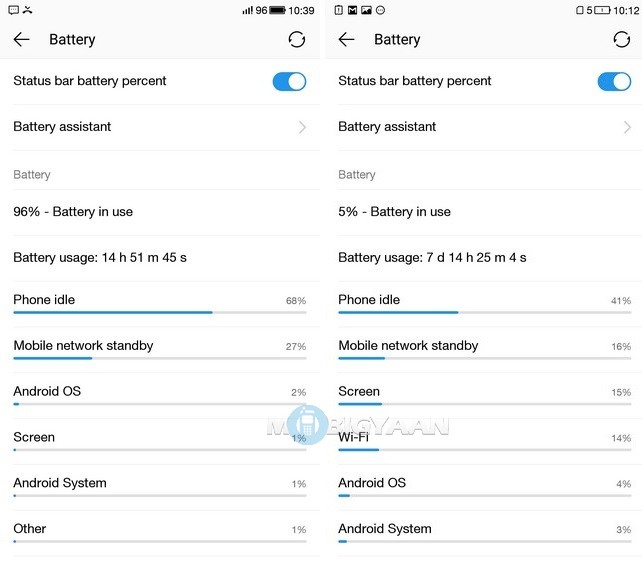
The battery assistant can be helpful if you want to extend the battery life. More battery juice can be achieved when using the Ultra Long standby time. The battery assistant automatically turns on by itself when you select the auto-enable option.
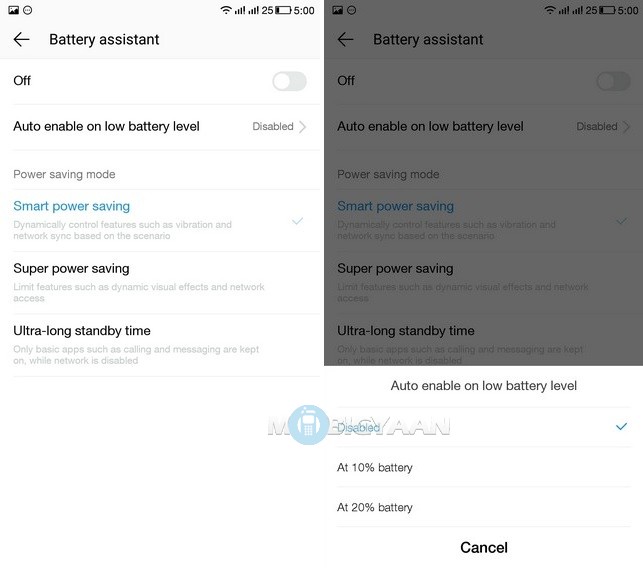
We tested a few apps and games for battery benchmarks and here are the battery test results:
LeEco Battery Test Results
[table id=2 responsive=flip /]
Fast Charging:
In 25 minutes, the battery charged to 30%. However, the charging fastens overtime and you can expect it to charge it in an hour from 0% to 100%. The Le 1S comes with a fast battery charger.
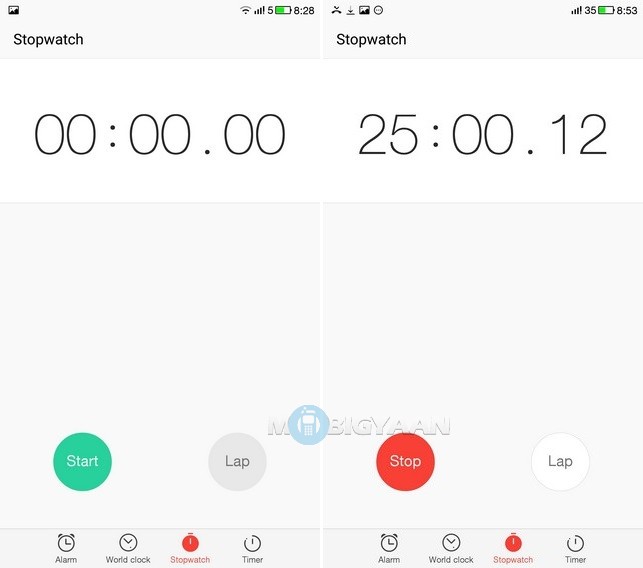
Pricing, Variants, and Support
The LeEco Le 1S is available for a price ₹10,999. There are two color variants, one is Gold and the other is Silver.
- LeEco Le 1S (Gold)
- LeEco Le 1S (Silver)
As the company has entered into India recently, you may expect it to take a time to build the brand. As far as they have told us, they have set up 555 service centers at convenient, prime locations.
Verdict
Smartphones are getting cheaper nowadays but offering features and specifications like a flagship. The same is the case with LeEco Le 1s which offers a powerful hardware loaded with extraordinary features like a fingerprint scanner and impressive design and not forgetting about the LeEco’s ecosystem which can change the way people enjoys content on the smartphone. So far, it isn’t developed yet completely.
At the price of ₹10,999, a 32 GB storage and a fingerprint scanner are an added bonus. And no doubt, the Le 1s is an excellent buy if you have a budget of ₹10,000 to ₹15,000 price bracket. We would definitely recommend it.
Competitors:
- Xiaomi Redmi Note 3 (Snapdragon 650 variant)
Pros
- Great multi-tasking performance
- 32 GB internal storage
- Fingerprint Scanner
- USB Type-C
- Metallic Build
- IR Blaster
Cons
- Doubtful battery life

